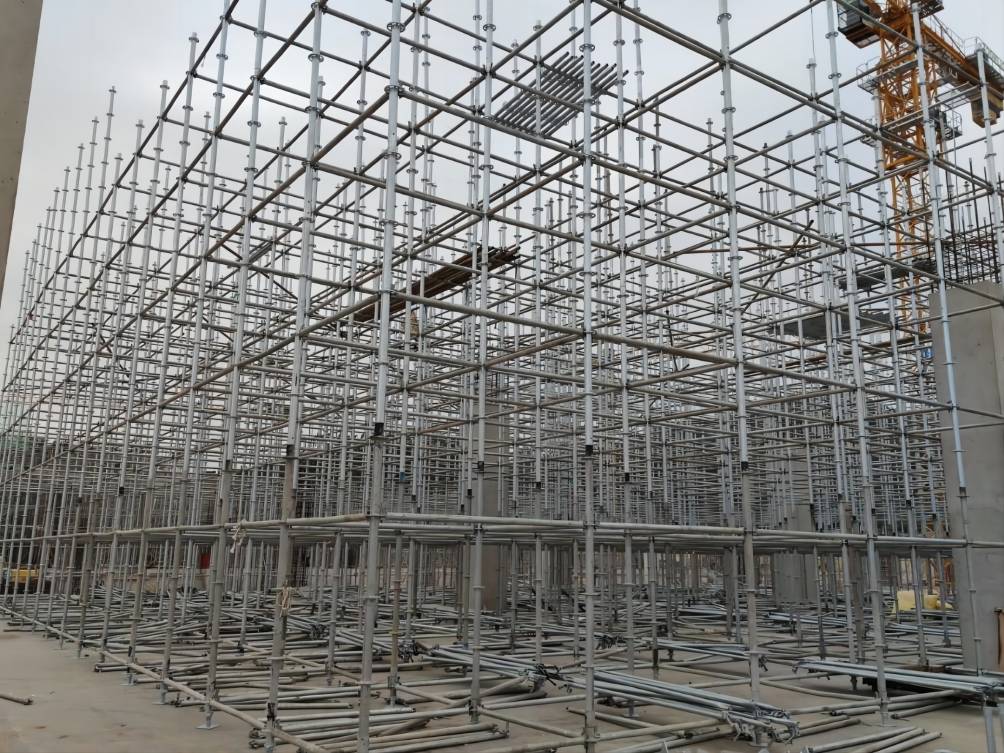Nov . 30, 2024 18:24 Back to list
Vertical Formwork Solutions for Efficient Construction Projects and Enhanced Structural Support
The Advantages of Vertical Formwork in Construction
In the realm of modern construction techniques, formwork plays a pivotal role in ensuring the structural integrity and aesthetic appeal of buildings. Among the various types of formwork systems available, vertical formwork has emerged as a popular choice due to its efficiency, adaptability, and effectiveness in constructing vertical structures such as walls, columns, and facades. This article delves into the advantages of vertical formwork, its applications, and the factors that contribute to its rising popularity in the construction industry.
What is Vertical Formwork?
Vertical formwork refers to the temporary structures used to mold concrete into vertical shapes until it has cured and gained sufficient strength. Made from materials such as plywood, steel, aluminum, or plastic, vertical formwork is designed to withstand the weight and pressure of wet concrete, ensuring proper alignment and surface finish. The choice of material often depends on project requirements, budget constraints, and desired finish quality.
Advantages of Vertical Formwork
1. Efficiency and Speed of Construction One of the most significant advantages of vertical formwork is the speed at which it can be installed and stripped. Modern vertical formwork systems are designed for quick assembly and disassembly, enabling contractors to progress rapidly with their projects. This efficiency translates to shorter construction timelines, which can significantly reduce project costs and enhance overall productivity.
2. High-Quality Surface Finishes With vertical formwork, achieving a high-quality surface finish is more attainable. The use of high-grade materials and precise engineering allows for a straighter and smoother wall surface. This quality is particularly important for architectural aesthetics and reduces the need for additional finishing work, further saving time and resources.
3. Flexibility and Customization Vertical formwork systems are highly adaptable to a variety of designs and configurations. Whether constructing straight walls, curved surfaces, or complex geometries, vertical formwork can be customized to meet specific project requirements. This flexibility allows architects and engineers to explore innovative designs without being limited by formwork constraints.
vertical formwork

4. Cost-Effectiveness While the initial investment in vertical formwork may be higher than traditional systems, the long-term savings can be substantial. The reduced construction time, lower labor costs, and minimized need for subsequent finishing work often result in overall budget savings. Additionally, with proper maintenance, vertical formwork can be reused multiple times, further enhancing its cost-efficiency.
5. Safety and Stability Safety is a paramount concern in construction, and vertical formwork contributes significantly to a safer work environment. Well-designed formwork systems provide stability during the pouring and curing process, reducing the risk of accidents associated with formwork failures. Moreover, the ability to work on the formwork platforms improves access and enhances worker safety.
6. Environmental Sustainability As the construction industry moves towards more sustainable practices, the use of vertical formwork also aligns with this trend. Many vertical formwork systems are now being manufactured from recyclable materials, and their reusable nature contributes to minimizing construction waste. By investing in sustainable formwork solutions, construction companies can align themselves with global efforts to reduce environmental impact.
Applications of Vertical Formwork
Vertical formwork is widely employed in various construction projects, ranging from residential buildings to large-scale infrastructure initiatives. It is particularly crucial in the construction of high-rise buildings, where the need for sturdy, precise walls is imperative. Additionally, vertical formwork is also used in projects involving bridges, retaining walls, and other vertical structures.
Conclusion
The advantages of vertical formwork make it a valuable tool in modern construction, offering benefits in efficiency, quality, safety, and sustainability. As technology and materials continue to evolve, we can expect to see further innovations in vertical formwork systems, further enhancing their application across diverse construction projects. With its myriad benefits, vertical formwork stands as a testament to the advancements in construction methodologies, shaping the future of building practices.
-
High-Quality U Head Jack Scaffolding – Reliable Scaffolding Jack Head Manufacturer & Factory
NewsJul.08,2025
-
High-Quality I Beam H20 Leading Timber Beam H20 Material Factory, Exporters & Manufacturers
NewsJul.08,2025
-
High-Quality Powder Coating Steel Formwork - Durable & Corrosion Resistant Solutions
NewsJul.07,2025
-
Inclined Column Formwork Supplier – Durable & Precise Solutions for Unique Structures
NewsJul.07,2025
-
High-Quality Water Stop Solutions Trusted Water Stop Company & Suppliers
NewsJul.07,2025
-
High-Quality Formwork Material Supplier Reliable Manufacturer & Factory Solutions
NewsJul.06,2025